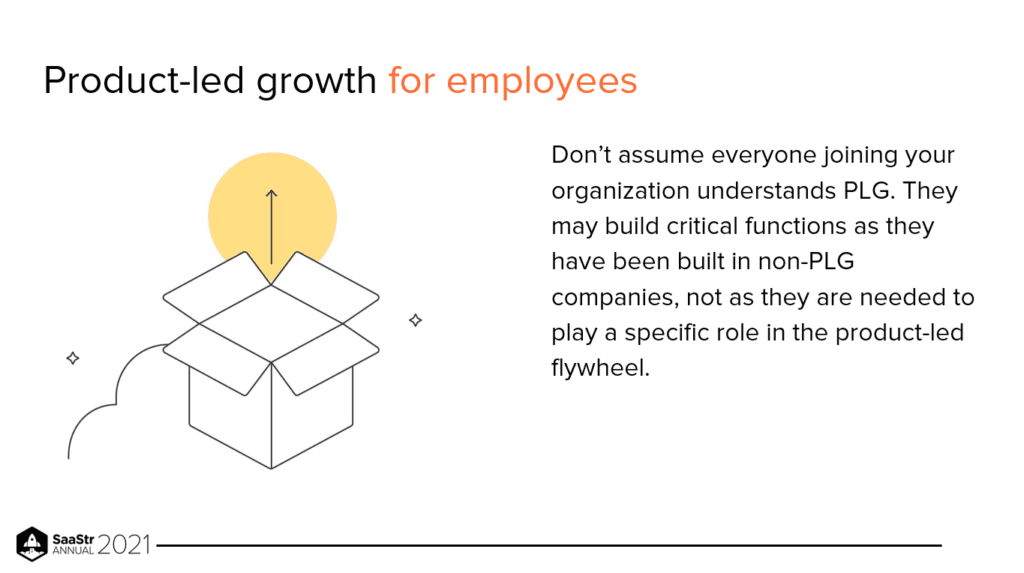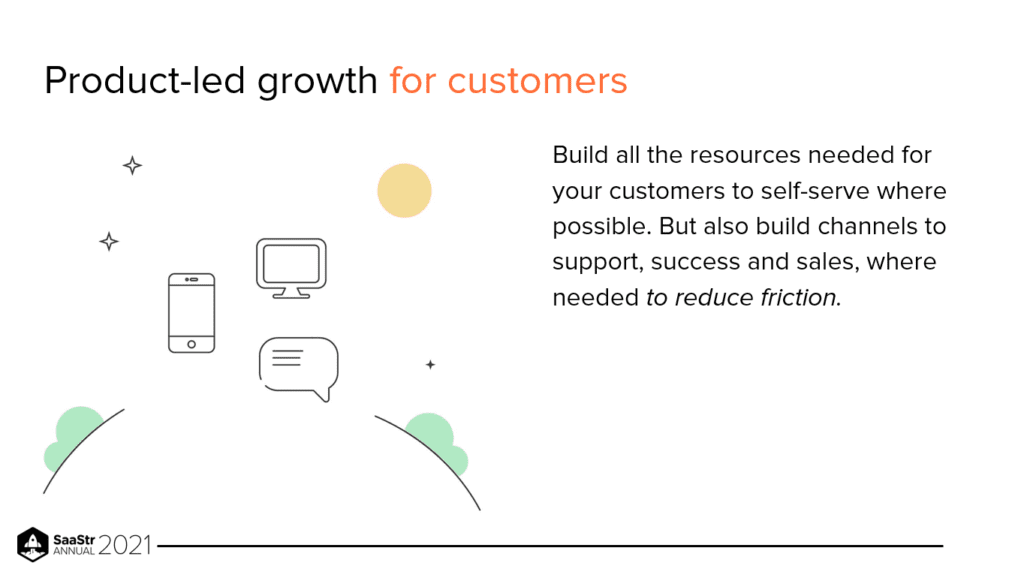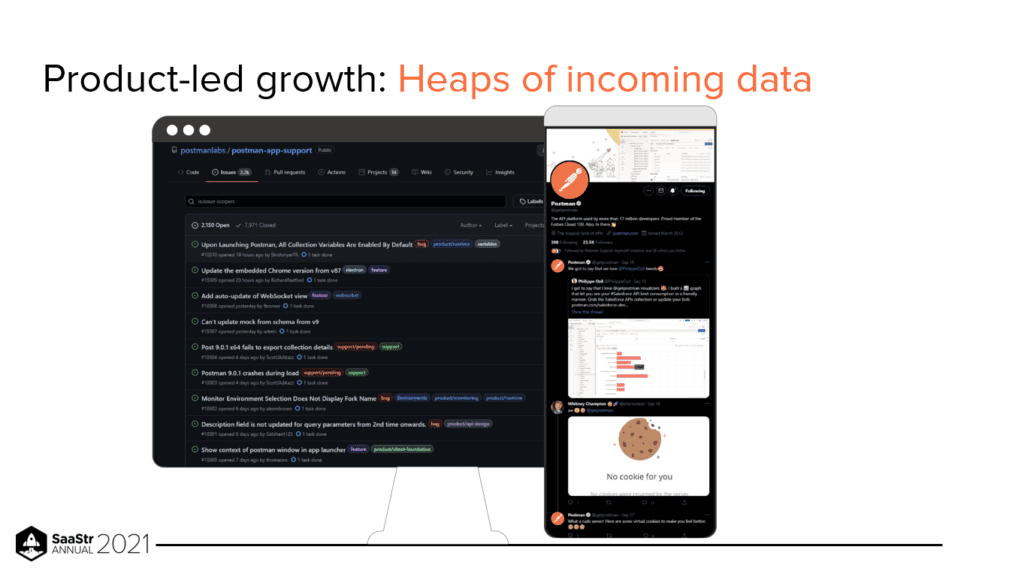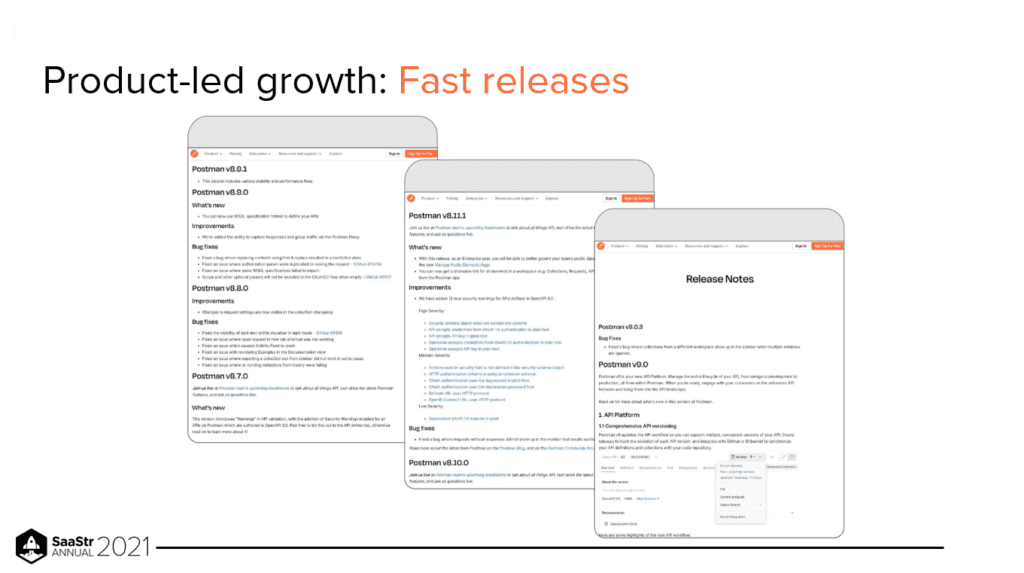Product-led companies face a long road as they attempt to manifest themselves from having abstract vision to millions in revenue. Abhinav Asthana, founder and CEO of Postman, knows that journey very well, having started Postman as a mere side project in 2012, only to launch it as an enterprise platform almost a decade later.
Over the years, though, Asthana has learned a lot about what can go wrong while building a market-leading company and how to avoid those missteps before they happen.
Potholes on the road to success
One of the primary problems that Asthana found — both in his own journey, and the journeys of other founders — was that companies presumed that a product-market fit would take the form of a singular event. He also observed that after product-market fit had been achieved, companies would only ever have to worry about marketing and sales.
If they’re not careful, however, companies may lose the momentum that propelled them to their hard-earned position. The market, meanwhile, continues to evolve, and founders find themselves moving their focus into areas that don’t prioritize the future of their product. And with enough time, the company’s growth rate begins to stall — and when that stall finally comes, it hits both hard and fast.

Iterating the product: old versus new customers
As one might suspect, a successful company always has a success story. If the company focuses too much on telling that story, though, they soon find that they have forgotten something even more important: continuing to listen to the stories of their customers.
Jeff Bezos says that customers are always unhappy; they always want more. That’s the one fundamental fact on which we can base our businesses. We just have to actively listen.
As companies begin to succeed, they sometimes develop a tunnel vision towards the customers who have brought them their success. They continue to cater to these customers by responding to small feature requests and addressing their pain points.
But what about the customers who haven’t yet bought into the company’s vision? As a leader, you need to keep an eye out for those potential customers who buy into your vision, while also pushing that vision to the next level.

Leading the way in an evolving market
Product-market fit is, in fact, a continuum over which the nature of your product might have to change dramatically. And that applies just as well to your customers: your company may have to make some hard decisions about which customers you hope to keep, versus the customers whose needs could hold you back from even greater success.
During his time at Postman, Asthana has set out to achieve product-market fit throughout the product’s lifecycle, going so far as to build out in monthly, if not weekly, cycles.
If you don’t work to keep your knowledge of the market fresh and current, you may be left with a narrow view that will inevitably catch your sales and product teams flat-footed. Without this continual training and education, your company may find itself a victim to the enemy of innovation: inertia.

How to achieve this for a product-led company
Product-led companies can face what feel like unique challenges. But in having overcome these challenges themselves, Postman has developed certain tricks of the trade that provide real insight for any company.
Not all ideas are going to be great. But just the fact that your company is generating ideas can help product teams, sales, success, marketing – everyone – to do better.
- Verify product-user fit. Most software in the world goes unused, so before you have to attack your market, you have to know if your product won’t meet the same fate. This will require having conversations with the customers – initiated not just by your design and early product team, but often by the founders themselves.
- Offer support. In the early days of Postman, the support channel consisted entirely of Abhinav Asthana’s email (although they’ve since advanced to platforms like ZenDesk and GitHub). But even after the development of dedicated support staff, repeated customer queries must feed back into the product itself.
- Prioritize customer success. In a product-led model, it’s important to keep your eyes on your customers, no matter how small. Your customer success managers (CSM) serve a critical role in the onboarding process of your new customers, and their feedback provides valuable insight as to where to refine and streamline the process.
- Listen to sales. Your sales team knows the strengths and weaknesses of your product, and exactly what moves to make in the careful choreography of the sales process. As this sales team learns about the obstacles to a successful sale – and those of their competitors – those experiences find their way back into the product itself, for the next iteration.
- Create a healthy culture. This is why, fundamentally, you need to build a company culture of constant iteration. Develop an environment in which your employees feel empowered to come up with new and fresh ideas. Those ideas might not always pan out, but it’s that underlying vitality that serves as the fertile soil for your company’s future success.
Key takeaways
The product-led growth model likes to suggest that the product should be able to sell itself. Even then, product-led growth requires real discipline to master.
Product-led growth demands a lot from both employees and customers alike. Employees, on one hand, might require intensive training and orientation to properly function in a PLG environment. Meanwhile, customers may find themselves provided with all the resources to be as self-serving as possible but still require fully-fledged support channels, when and where needed.
This kind of feedback process can seem intimidating, whether from the heaps of incoming data, or the challenge of pushing out new releases within mere days to build trust and support. But given a chance, a well-led company can not only succeed in the market, but reinvent a whole new category. And isn’t that worth the effort?


